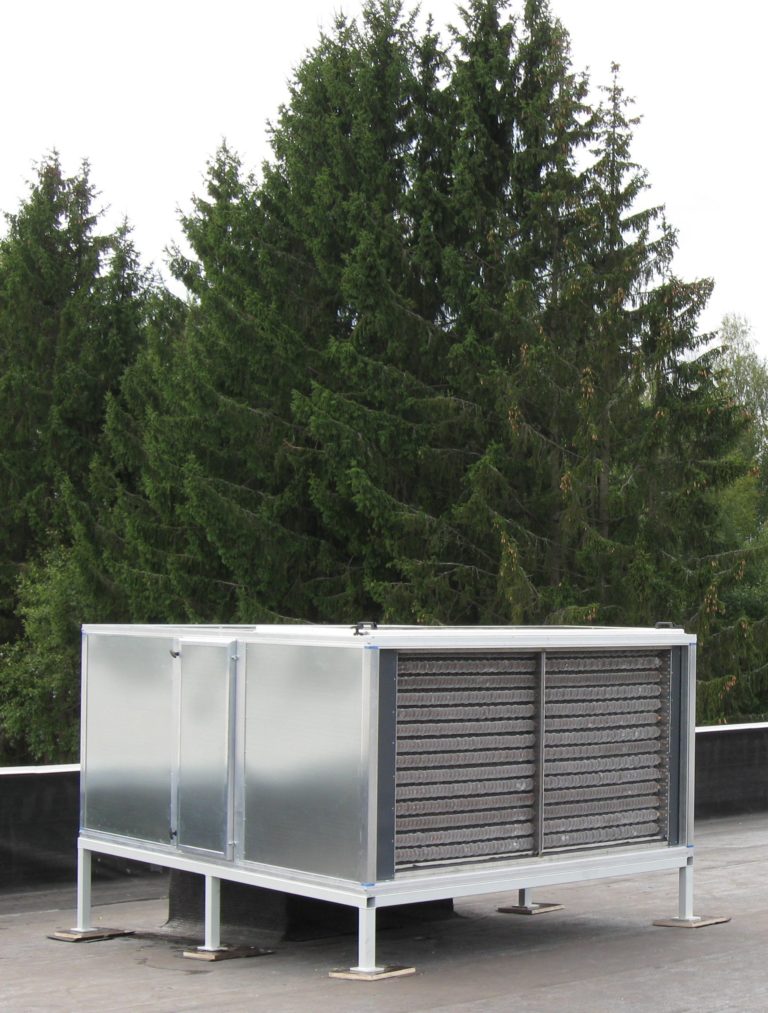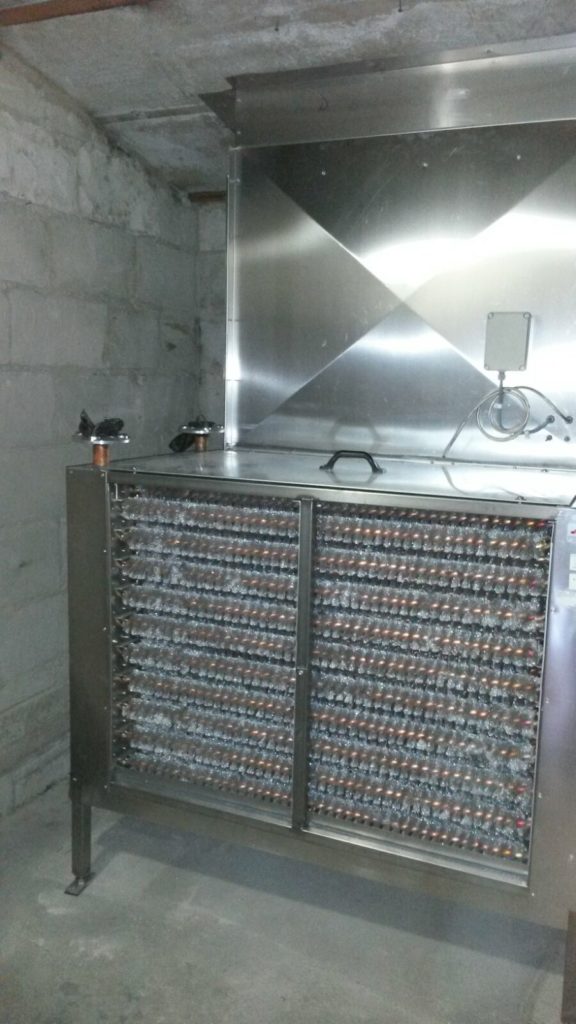Brush-type heat exchangers
Hydrocell brush-type heat exchangers are a flexible and economic way of adding a heat recovery system to existing buildings and new construction.
HCell heat exchangers are also well suited to situations where exit air contains impurities such as dust or grease. Typical applications are locations in kitchens and industrial buildings.
Heat recovery systems are a cost-effective investment
- Payback times at today’s energy prices are 3-12 years
- Energy prices continue to rise
- Typical lifecycles are some 30-60 years
Hydrocell brush-type heat exchanger elements are easy to modify, so installation can be executed as rapidly as possible and any associated costs are minimised.
- Air-side pressure drop is very low
- Simplest possible solution
- Minimises the number of heat exchangers
- Simple methods of connection
- Customised heat exchangers – reduced installation costs
- Modular construction enables installation in constricted spaces
without major revisions of building structure.
- Modular construction enables installation in constricted spaces
Using Hydrocell solutions, cost-effective heat recovery systems can be installed in all buildings that have air conditioning systems. Heat exchangers can be placed in locations where their use makes good sense:
- Ducts
- Heat exchangers can be installed directly into ducts
- Balancing chamber
- The input-air balancing chamber usually has room for a heat exchange element
- Equipment installed on a roof
- Boxes can be constructed to handle either incoming or outgoing air
HCell heat exchangers do not require filtered air.
- If space for a heat-recovery element has not been provided, installation downstream of the air filter is a very expensive solution. HCell heat exchangers can be installed ahead of the air filter.
Installing an input-air heating element upstream of an air filter in conjunction with an air inlet:
- The performance of brush-type heat exchangers is not sensitive to dirt and impurities
- Dirt that collects on the heat exchange elements does not significantly increase
the pressure drop across the unit or reduce its efficiency - Brush-type heat exchangers can be cleaned using a vacuum cleaner
or a high-pressure water jet - Space can be left between the rows of brush-type heat-exchange
elements, making cleaning easier
- Dirt that collects on the heat exchange elements does not significantly increase
- An incoming-air heater helps keep filter elements dry
- Extends intervals between filter changes
- Microbial growth is inhibited
- The quantity of fungal spores that a filter adds to the incoming air is significantly reduced.
